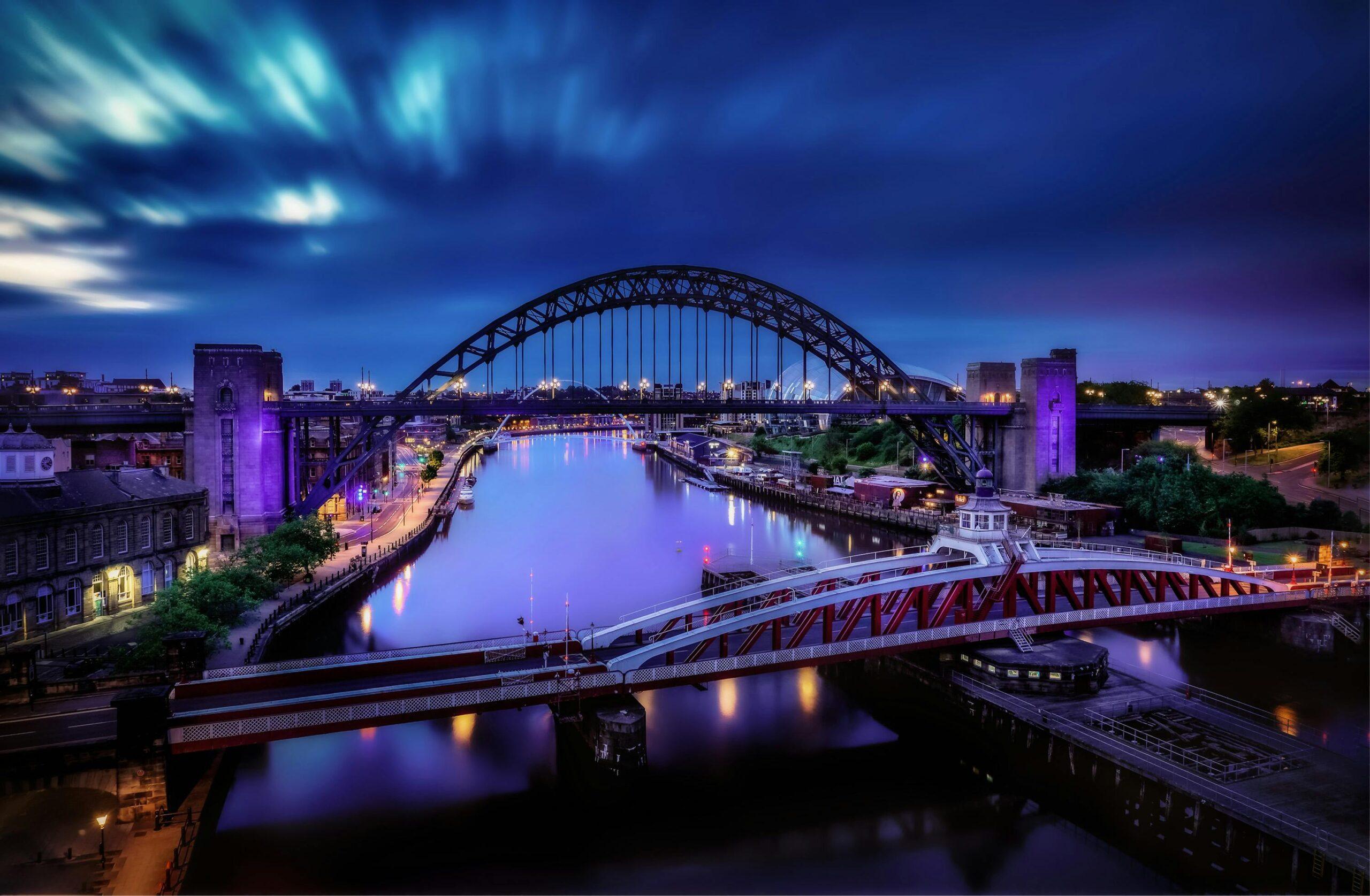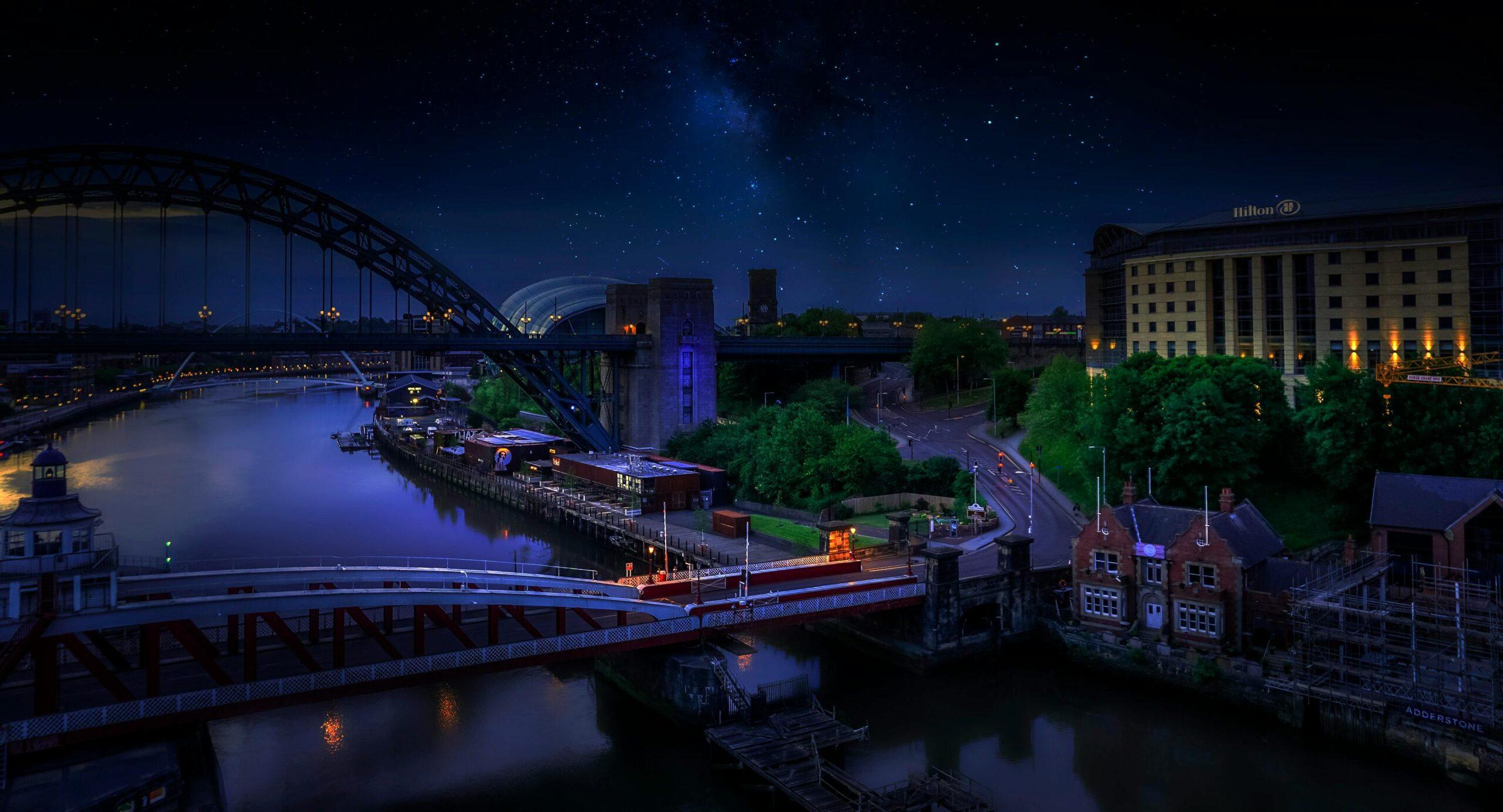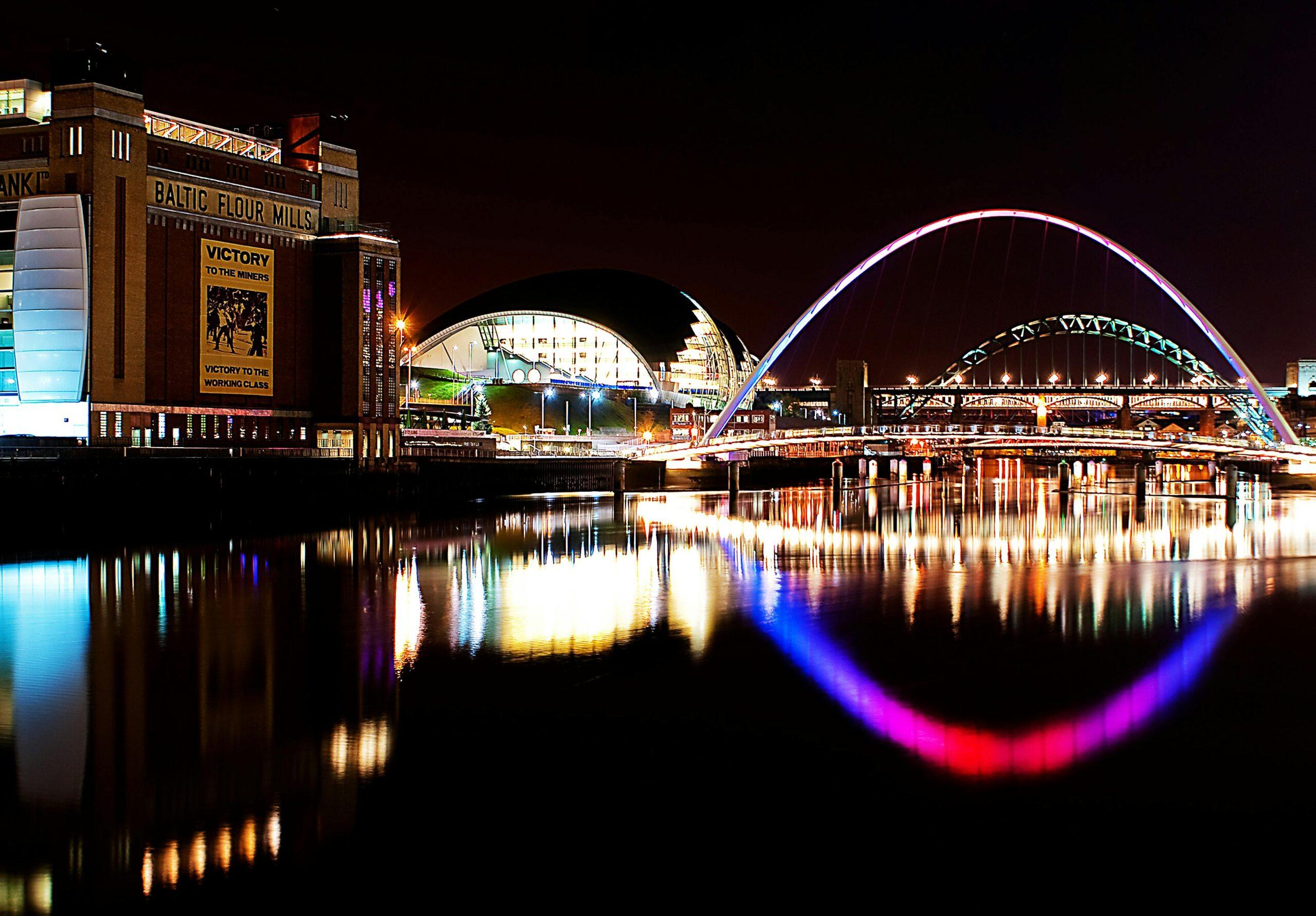Introduction
The River Tyne, winding its way through the northeastern region of England, holds a storied legacy that echoes through time. As it flows from its source in the North Pennines to the North Sea, the river has been a witness to monumental changes in history, culture, and economy. This article delves into the multifaceted significance of the River Tyne, exploring its historical journey, the cultural landmarks that line its banks, its crucial economic role, and the prospects for a sustainable future.
The Historical Journey: River Tyne Through the Ages
The River Tyne's journey through history is as winding as its waters. The earliest evidence of human activity along the Tyne dates back to prehistoric times, when Mesolithic communities utilized the river for fishing and transportation. As the Romans arrived in Britain, they recognized the river's strategic importance, establishing the fort of Pons Aelius, now known as Newcastle, around AD 122. The river became a vital artery for trade and communication, helping to connect the Roman Empire with the northern territories.
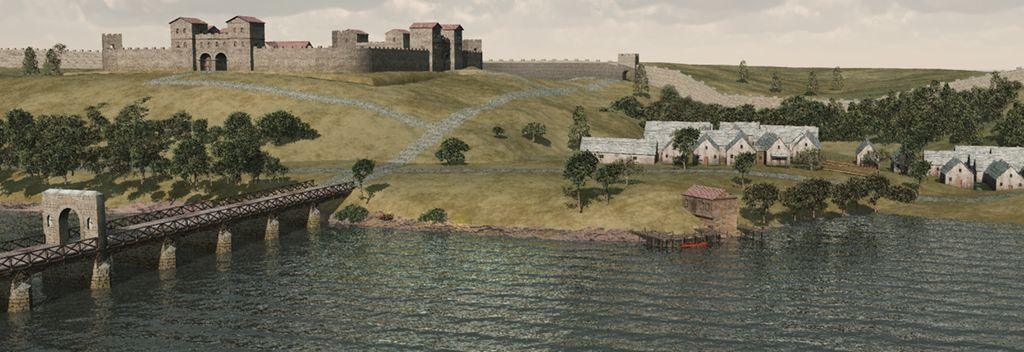
During the medieval period, the River Tyne's significance only grew. The establishment of Newcastle as a prominent port city facilitated commerce, particularly in coal and lead, which became significant exports. The Tyne also served as a focal point for the political narrative during the Wars of the Roses and the English Civil War, as towns along the river played roles in military logistics and standoffs.

The Industrial Revolution marked a turning point for the River Tyne, transforming it into one of the most important industrial waterways in England. Shipyards sprang up along its banks, leading to mass shipbuilding and the development of a robust maritime industry. Notably, the Tyne was integral to the growth of the coal and iron industries, which fueled the region's economy and contributed to the nation’s industrial might.
As the 20th century dawned, the River Tyne continued to evolve. The decline of traditional industries in the latter half of the century, particularly shipbuilding, led to significant economic challenges. However, the river also became a focus for regeneration efforts, sparking new initiatives to preserve its historical sites while adapting to contemporary needs. The Tyne's rich history remains a vital aspect of the region's identity, attracting scholars, tourists, and those curious about its past.
In recent decades, the River Tyne has witnessed a transformation, particularly with the advent of urban regeneration projects. This revitalization has helped to preserve notable historical locations while also enhancing public access to the river. Historic bridges like the iconic Tyne Bridge and the modern Gateshead Millennium Bridge are not only engineering marvels but also symbols of the river's enduring legacy.
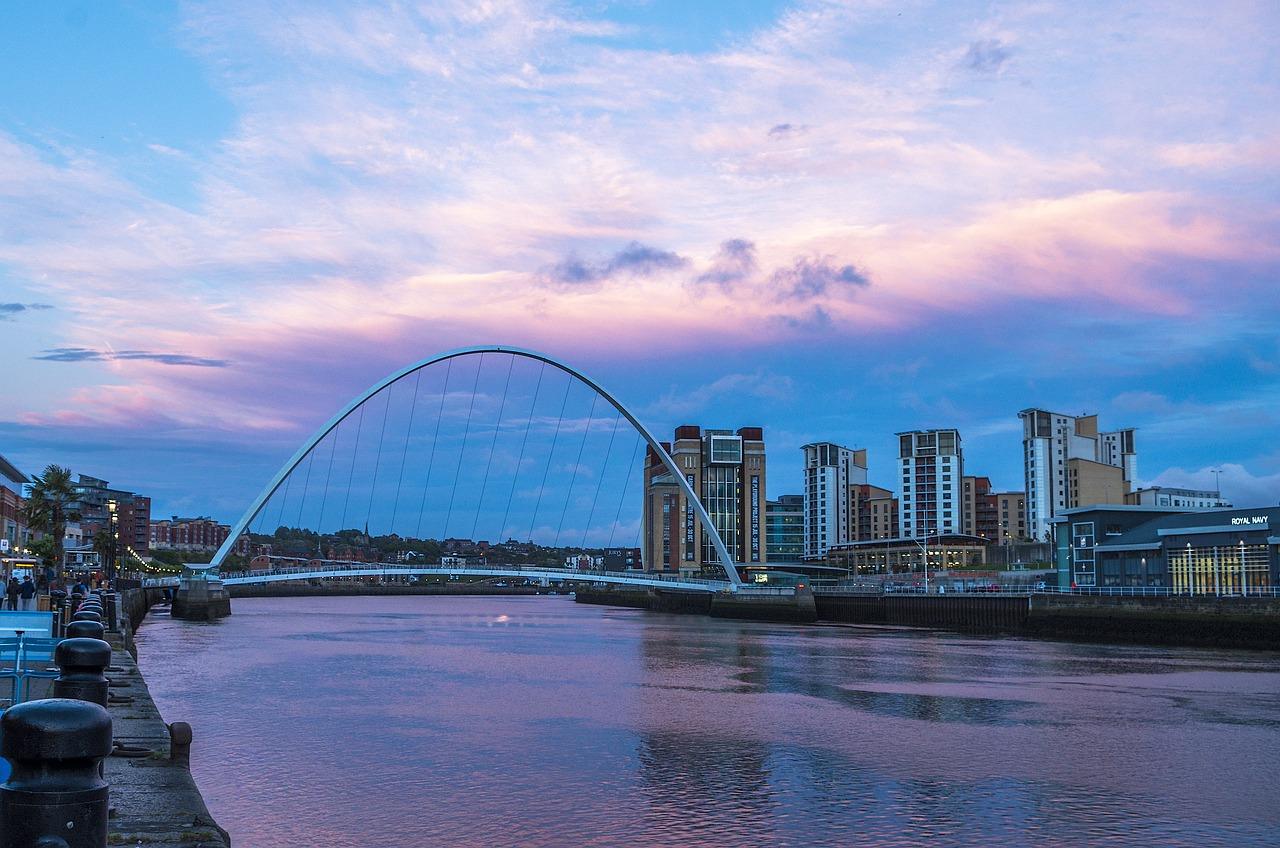
The River Tyne's historical journey is a testament to its resilience and adaptability. From its roles in ancient trade to its substantial impact on industry and urban development, the river has shaped the lives of countless individuals and communities. Today, it serves as a reminder of the past while continuing to play a significant role in the region's identity and future.
Cultural Landmarks Along the River’s Scenic Banks
The banks of the River Tyne are lined with a rich tapestry of cultural landmarks that reflect the area's artistic and historical significance. One of the most prominent structures is the Tyne Bridge, an iconic symbol of Newcastle, completed in 1928. This steel arch bridge not only connects the cities of Newcastle and Gateshead but also stands as a testament to the engineering prowess of its time, often referred to as a marvel of modern architecture.
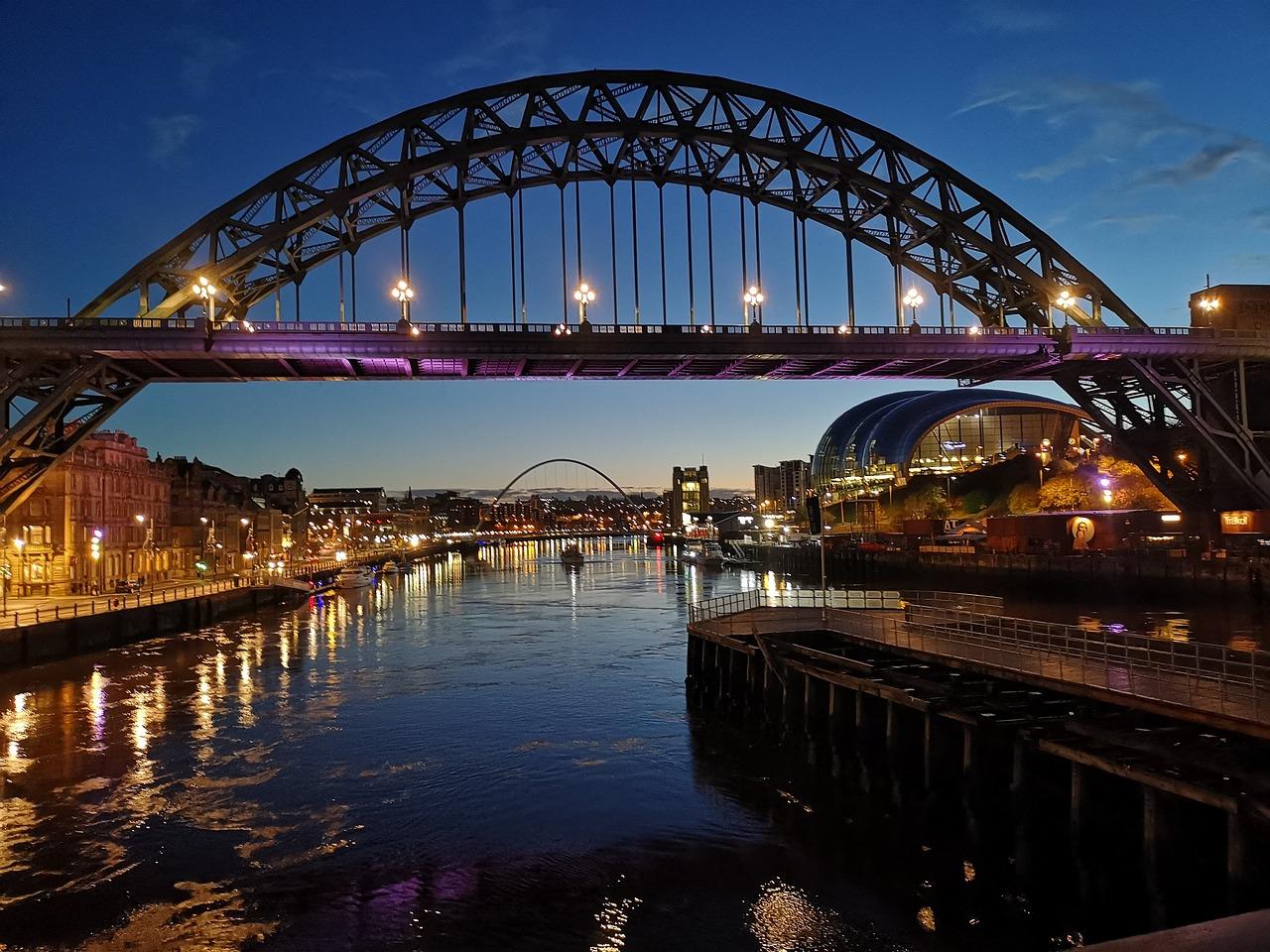
Adjacent to the river, the BALTIC Centre for Contemporary Art has become a beacon for modern art enthusiasts. Housed in a converted flour mill, BALTIC is one of the largest contemporary art spaces in Europe. It attracts visitors with its dynamic exhibitions, workshops, and events that celebrate innovative artistic expressions, all while offering stunning views of the river below.
Another cultural landmark, the Sage Gateshead, is an award-winning concert hall and music venue that has become a focal point for cultural events in the region. With its striking architecture and state-of-the-art facilities, the Sage hosts a diverse array of performances, from classical and jazz to popular music. The venue’s presence has significantly contributed to the cultural vibrancy of Gateshead and the surrounding areas.
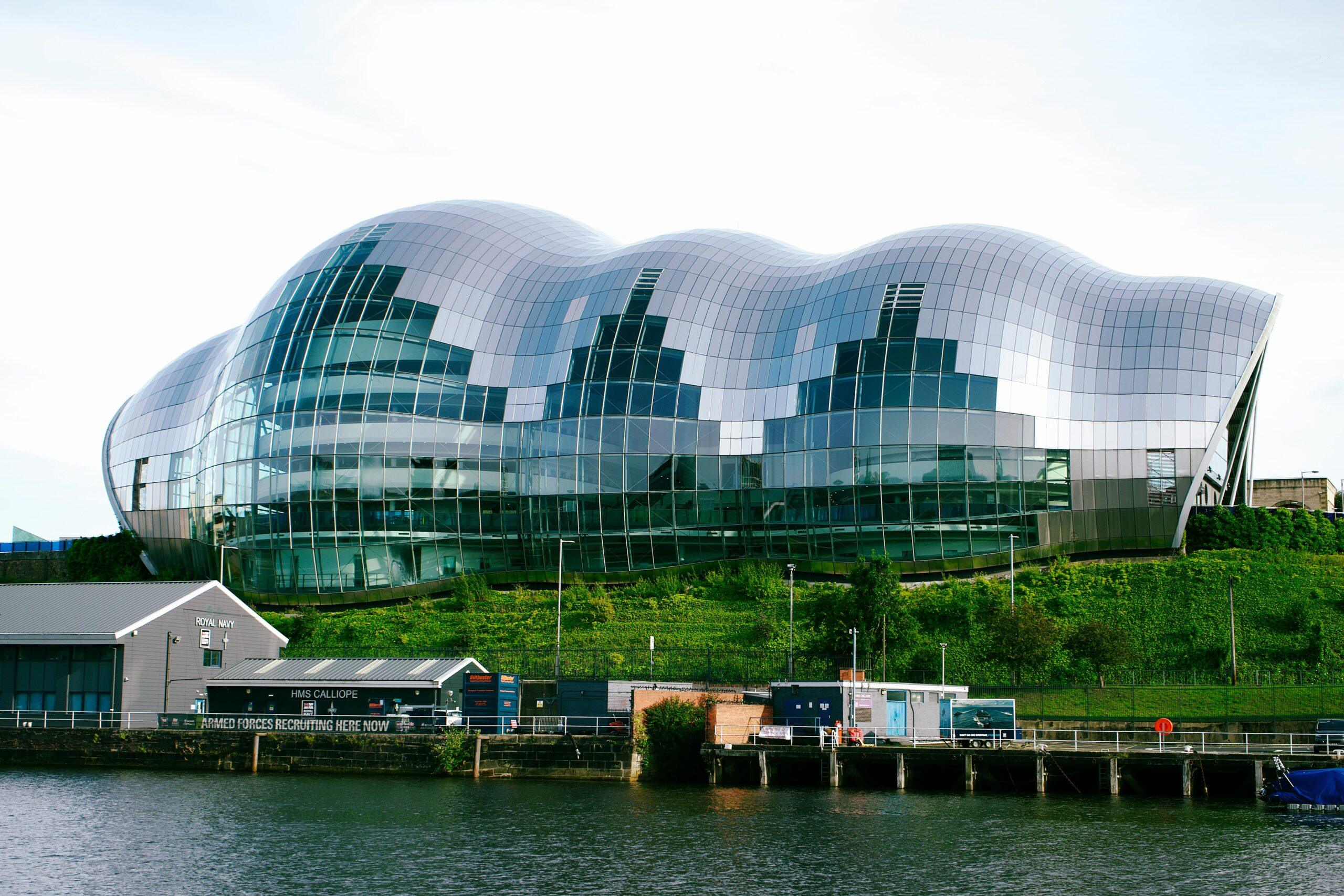
The Quayside area, which stretches along the river, is a cultural hub that brings together history, dining, and leisure. The historic Newcastle Quayside Market takes place every Sunday, featuring local produce and crafts, while restaurants and cafés line the riverside, offering a mix of culinary delights with views of the water. This vibrant atmosphere is a testament to the community’s connection to the river and its continued significance in local life.
Visiting the River Tyne also provides an opportunity to explore its literary heritage. The river has inspired countless writers, poets, and artists over the centuries. Notable literary figures such as Basil Bunting and Charlotte Brontë drew from the river's beauty in their work, resonating with the people of the region. The Tyne's allure continues to inspire contemporary creatives, fostering a rich cultural dialogue that bridges the past and present.
As the River Tyne moves forward, it embraces its role as a cultural landmark through ongoing festivals, public art installations, and community events that celebrate its rich heritage. The river remains a vital source of inspiration, creativity, and connection for the people who inhabit its banks, ensuring that its cultural significance endures for generations to come.
Economic Significance: The River Tyne’s Role Today
In the modern era, the River Tyne continues to play a fundamental role in the economic landscape of northeastern England. Historically, the river was central to industries such as shipbuilding and coal mining, but as these sectors declined, the focus has shifted towards new avenues of economic activity. Today, the Tyne is at the forefront of a growing sector: renewable energy.
The establishment of offshore wind farms in the North Sea has turned the Tyne into a key player in the renewable energy market. Companies are investing in infrastructure and technology that harness wind power, creating jobs and driving economic growth. The Port of Tyne has expanded its facilities to accommodate these developments, positioning the region as a hub for green energy initiatives.
Tourism remains a vital part of the Tyne's economic significance. The river and its surrounding attractions draw visitors from across the globe, contributing significantly to the local economy. With picturesque views, historical sites, and cultural institutions, the Tyne’s appeal as a tourist destination fosters local businesses, including restaurants, shops, and accommodations. The Quayside, in particular, has become a hotspot for both locals and tourists alike.
Additionally, the River Tyne serves as a vital transportation route, facilitating trade and commerce. The Port of Tyne is one of the major ports in the UK, handling a variety of cargo, including containers, bulk goods, and vehicles. Its strategic location provides businesses quick access to international markets, enhancing the economic potential of the surrounding region. The port's operations also support thousands of jobs and contribute to the local economy’s stability and growth.
The educational and research sectors are also thriving along the riverbanks. Institutions such as Newcastle University and Northumbria University are engaged in cutting-edge research and innovation, particularly in fields related to engineering, health, and environmental sustainability. Collaboration between academia and industry has become increasingly common, further boosting the economy while fostering a culture of development and progress.
In summary, the River Tyne's economic significance today is characterised by its adaptability and resilience. As traditional industries evolve, new sectors emerge, driving innovation and growth. The Tyne has transformed from a historical trade route into a modern economic lifeline, contributing to the prosperity of the region while embracing a sustainable future.
Future Prospects: Sustainability and Development on the Tyne
Looking ahead, the future of the River Tyne hinges on sustainability and responsible development. As global awareness of environmental issues increases, initiatives aimed at preserving the river's ecosystem have gained momentum. Local authorities, environmental organizations, and community groups are collaborating to ensure that development does not come at the expense of the natural environment.
One of the most significant focuses of sustainability efforts is the preservation of the river's water quality and biodiversity. Various monitoring programs are in place to assess pollution levels and promote clean-up initiatives. These projects involve engaging the community in conservation efforts, fostering a sense of stewardship among residents, and ensuring that the river remains a healthy habitat for wildlife.
Urban development along the Tyne is ongoing, with plans to create green spaces and recreational areas that enhance the public's interaction with the river. Projects such as the 'Tyne and Wear Strategic Green Infrastructure Plan' aim to establish a network of parks, pathways, and nature reserves that promote biodiversity while providing residents with access to nature. Such initiatives contribute to the well-being of the community and make the river more accessible to all.
The integration of sustainable transport options along the River Tyne is another key focus for future development. Enhancing public transportation links, including prioritizing cycle paths and pedestrian walkways, encourages eco-friendly travel options. Initiatives to improve connectivity between cities along the river not only reduce carbon footprints but also promote healthier lifestyles for residents.
Smart technology and innovation play a crucial role in the river's future. Investments in green technologies, such as solar-powered boats and environmentally friendly dredging, are being explored to minimize the ecological impact of transportation and industry. By embracing such advancements, the River Tyne can serve as a model for balancing economic growth with ecological responsibility.
As the River Tyne moves forward, its future prospects remain bright. With a commitment to sustainability, responsible development, and community engagement, the Tyne is poised to thrive in a way that honors its historical legacy while embracing the challenges and opportunities of the modern world. The river will continue to be a lifeline for the region, nurturing both its natural and economic ecosystems for generations to come.
